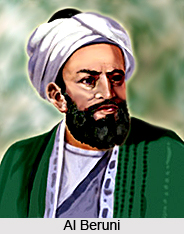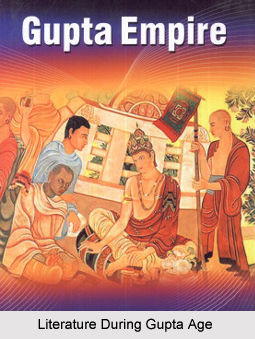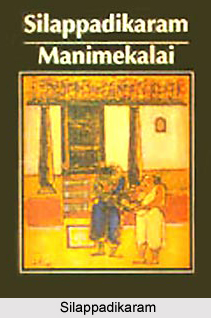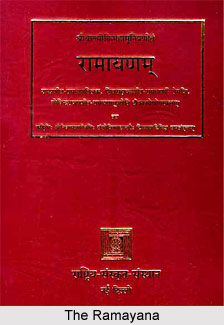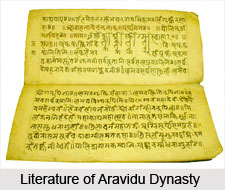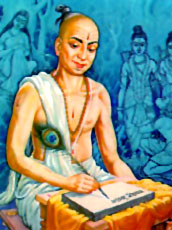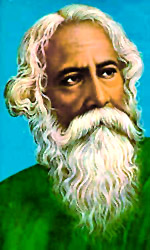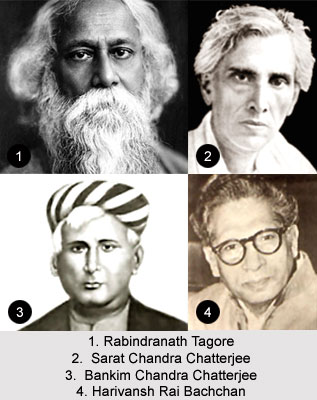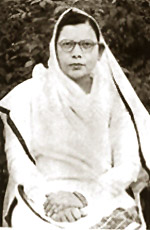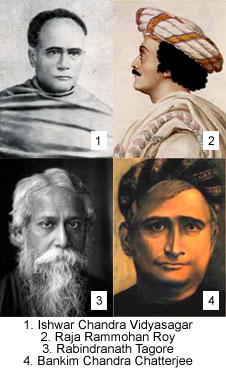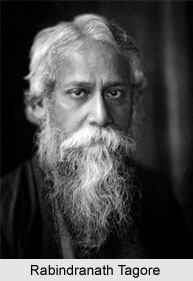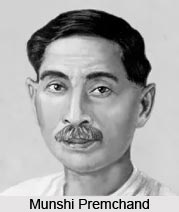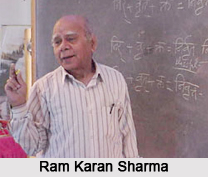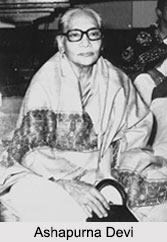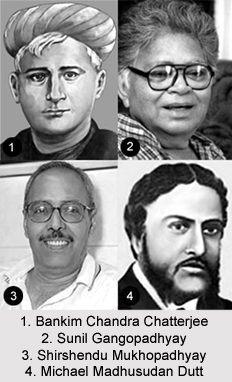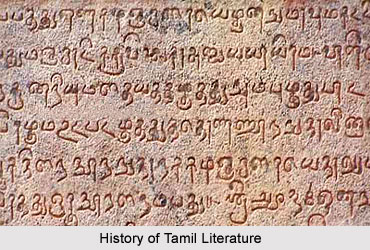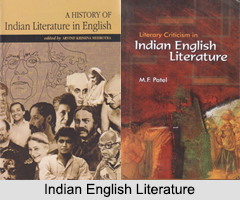Tinaimoli Aimpatu, also known as Thinaimozhi Aimpathu, is a Tamil ethical poetic work of didactic nature which belongs to the Patinenkilkkanakku collection of Ethical Tamil Literature. Patinenkilkkanakku (Pathinenkilkanakku) is a collection of eighteen poetic works in Tamil which were composed in the period after the Sangam age, between 100 CE and 500 CE. Tinaimoli Aimpatu was written in the post-Sangam age equivalent to between 100 CE - 500 CE. The literary work has fifty verses and was composed by the well known Tamil poet Kannan Chenthanaar (Kannan Centanar). The poetic work of Tamil literature is popular for its composition and its lucidity, effortless and uncomplicated readability and presentation. The literary work contains many didactic messages which were the prominent characteristics of the era. The poems of Tinaimoli Aimpatu or Thinaimozhi Aimpathu are exceptional in the implementation of similes which help to edify the moral codes with the use of basic instances from daily life.
Composition of Tinaimoli Aimpatu
Tinaimoli Aimpatu is a poetic anthology of ethical Tamil poems which was written by the much respected poet Kannan Chenthanaar, who held from the Tamil country. This post Sangam work is one of the eighteen minor literary works in Tamil which are comprised in the Patinenkilkkanakku collection. The various hymns in Tinaimoli Aimpatu were composed in the Akam or Agam tradition of Tamil literature from Sangam age, which relates to the internal or subjective concepts and themes. The Akam tradition used in the Sangam literature refers to the various subject matters that are linked with the intangible concepts of life such as love, human emotions and feelings, arguements between lovers, severance, desire to meet lover etc.
The poems in the anthology series of Tinaimoli Aimpatu or Thinaimozhi Aimpathu narrates five distinctive Tamil landscape established in poetic works of Sangam literature, which are called Thinai in Tamil. These landscapes illustrate the over all notion of the literary work. The poems of Aintinai Elupatu are categorised into ten poems for each of the five Thinais or landscape of Sangam literature. These vividly describe the circumstances, situations and emotions specific to each of the landscapes or Thinais. The five Thinais or landscapes found in poems of Sangam literature are Paalai (parched land), Neithal (seashore), Marutham (farmland), Mullai (forest) and Kurinji (mountains).
The work of Tinaimoli Aimpatu states, in simple and brief manner, the several moral and ethical codes that are essential for daily life of any person, as well as for the society.

